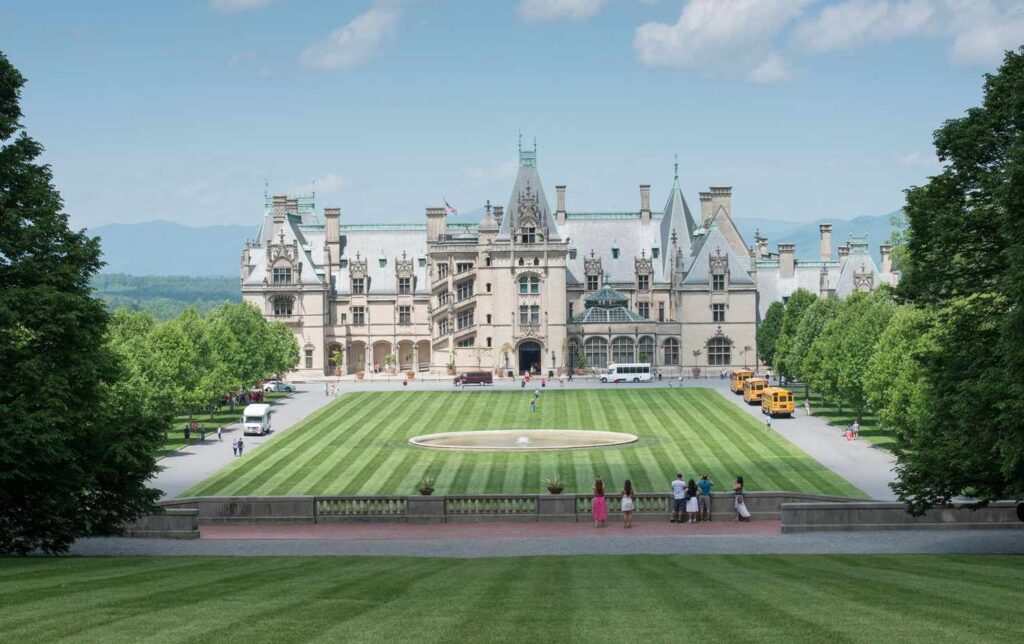In India, August 15 is marked as a national holiday which is celebrated annually called Independence Day that end the British rule in 1947 and established a free and independent Indian nation.
British rule in India began in 1757 when, following the British victory at the Battle of Plassey, the English East India Company began exercising control over the country. The East India Company ruled India for 100 years, until it was replaced by direct British rule.
English Rule (British Raj), a direct British rule over the Indian subcontinent from 1858 until the independence of India and Pakistan in 1947. The raj succeeded management of the subcontinent by the British East India company after general distrust and dissatisfaction with company leadership resulted in a widespread mutiny of sepoy troops in 1857, causing the British to reconsider the structure of governance in India.
The British government took possession of the company’s assets and imposed direct rule. The raj was intended to increase Indian participation in governance, but the powerlessness of Indians to determine their own future without the consent of the British led to an increasingly adamant national independence movement.

(There was history of the formation of English east India Company. Though trade with India had been highly valued by Europeans since ancient times, the long route between them was subject to many potential obstacles and obfuscations from middlemen, making trade unsafe, unreliable, and expensive. This was especially true after the collapse of the Mangolian Empire and the rise of the Ottoman Empire all but blocked the ancient Silk Route. As Europeans, led by the Portuguese, began to explore maritime navigation routes to bypass middlemen, the distance of the venture required merchants to set up fortified posts.
The British entrusted this task to the East India Company, which initially established itself in India by obtaining permission from local authorities to own land, fortify its holdings, and conduct trade with different parts of India. The company’s territorial paramountcy began after it became involved in hostilities, sidelining rival European companies and eventually overthrowing the Nawab of Bengal and installing a puppet in 1757. The company’s control over Bengal was effectively consolidated in the 1770s when Lord Warren Hastings brought the nawab’s administrative offices to Calcutta under his oversight. Over the next eight decades, a series of wars, treaties, and annexations extended the dominion of the company across the subcontinent, subjugating most of India to the determination of British governors and merchants)
The first Congress party session, convened in Bombay city on December 28, 1885, was attended by 73 representatives, as well as 10 more unofficial delegates; virtually every province of British India was represented. On its last day, the Congress passed resolutions, embodying the political and economic demands of its members, that served thereafter as public petitions to government for the redress of grievances. Among those initial resolutions were calls for the addition of elected nonofficial representatives to the supreme and provincial legislative councils and for real equality of opportunity for Indians to enter the ICS by the immediate introduction of simultaneous examinations in India and Britain.
The Indian independence movement began during first World War and was led by Mohandas Karamchand Ghandhi, who advocated for a peaceful and nonviolent end to British rule. Finally, India become Independent on Aug.15, 1947
Seventy-five years on, India is a vastly changed country. The nation of 1.4 billion people is a beacon of democratic stability in the region. India is the world’s sixth-largest economy and is expected to grow at over seven percent in the current fiscal year ending in March 2023 – the fastest among major economies.




